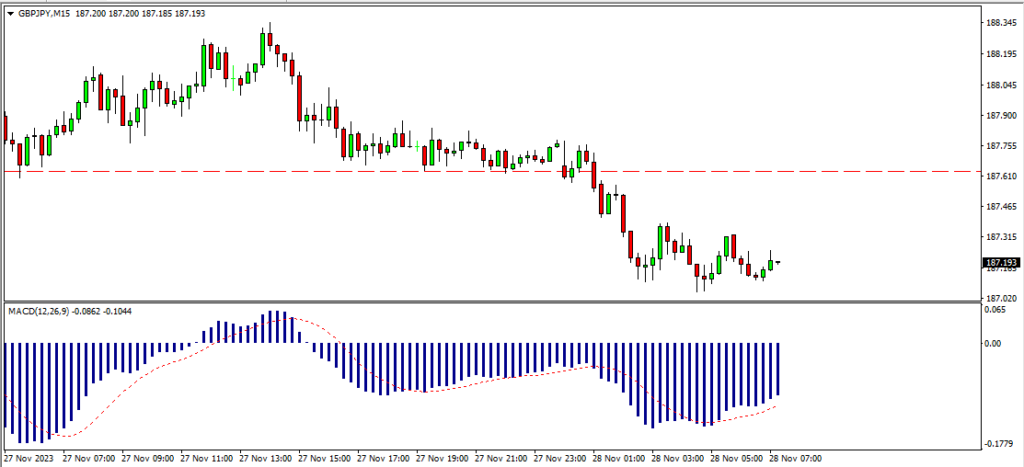In statistics, Greek letters are commonly used to represent various parameters and constants. Here is an overview of some of the most frequently used Greek letters and their meanings:
Common Greek Letters in Statistics
- 𝛼α (Alpha):
- Significance Level: Used in hypothesis testing, it represents the probability of rejecting the null hypothesis when it is true (Type I error rate).
- Cronbach’s Alpha: A measure of internal consistency or reliability of a psychometric instrument.
- 𝛽β (Beta):
- Regression Coefficient: Represents the slope of the regression line in simple linear regression.
- Type II Error Rate: Represents the probability of failing to reject the null hypothesis when it is false.
- Power of a Test: Often used in the context of statistical power, where 1−𝛽1−β is the power of the test.
- 𝛾γ (Gamma):
- Shape Parameter: In the gamma distribution, 𝛾γ can denote the shape parameter.
- Gamma Function: Extends the factorial function to real and complex numbers.
- 𝛿δ (Delta):
- Difference or Change: Represents a change or difference in a variable.
- Effect Size: In some contexts, it is used to denote the effect size.
- 𝜖ϵ (Epsilon):
- Error Term: Represents the error term in regression models.
- 𝜂η (Eta):
- Eta-Squared (𝜂2η2): A measure of effect size in the context of ANOVA, representing the proportion of variance explained by a factor.
- 𝜆λ (Lambda):
- Rate Parameter: In the Poisson and exponential distributions, it represents the rate parameter.
- Eigenvalues: In linear algebra, used in principal component analysis and other multivariate techniques.
- 𝜇μ (Mu):
- Population Mean: Represents the mean of a population.
- 𝜈ν (Nu):
- Degrees of Freedom: Represents the degrees of freedom in various statistical tests, such as the 𝑡t-test and chi-square test.
- 𝜋π (Pi):
- Mathematical Constant: Approximately 3.14159, the ratio of the circumference of a circle to its diameter.
- Proportion: Sometimes used to denote a proportion in a population.
- 𝜌ρ (Rho):
- Correlation Coefficient: Represents the population correlation coefficient.
- 𝜎σ (Sigma):
- Standard Deviation: Represents the standard deviation of a population.
- Summation Operator: In some contexts, ΣΣ (capital sigma) represents the sum.
- 𝜏τ (Tau):
- Kendall’s Tau: A measure of correlation used with ordinal data.
- 𝜙ϕ (Phi):
- Golden Ratio: Approximately 1.618, often appears in nature and art.
- Standard Normal Distribution: The standard normal distribution’s probability density function is sometimes denoted as 𝜙ϕ.
- 𝜒χ (Chi):
- Chi-Square Statistic: Used in chi-square tests for independence and goodness of fit.
- 𝜔ω (Omega):
- Sample Space: Represents the set of all possible outcomes in a probability experiment.
These Greek letters play a significant role in formulating statistical models, conducting hypothesis tests, and representing key statistical measures.
